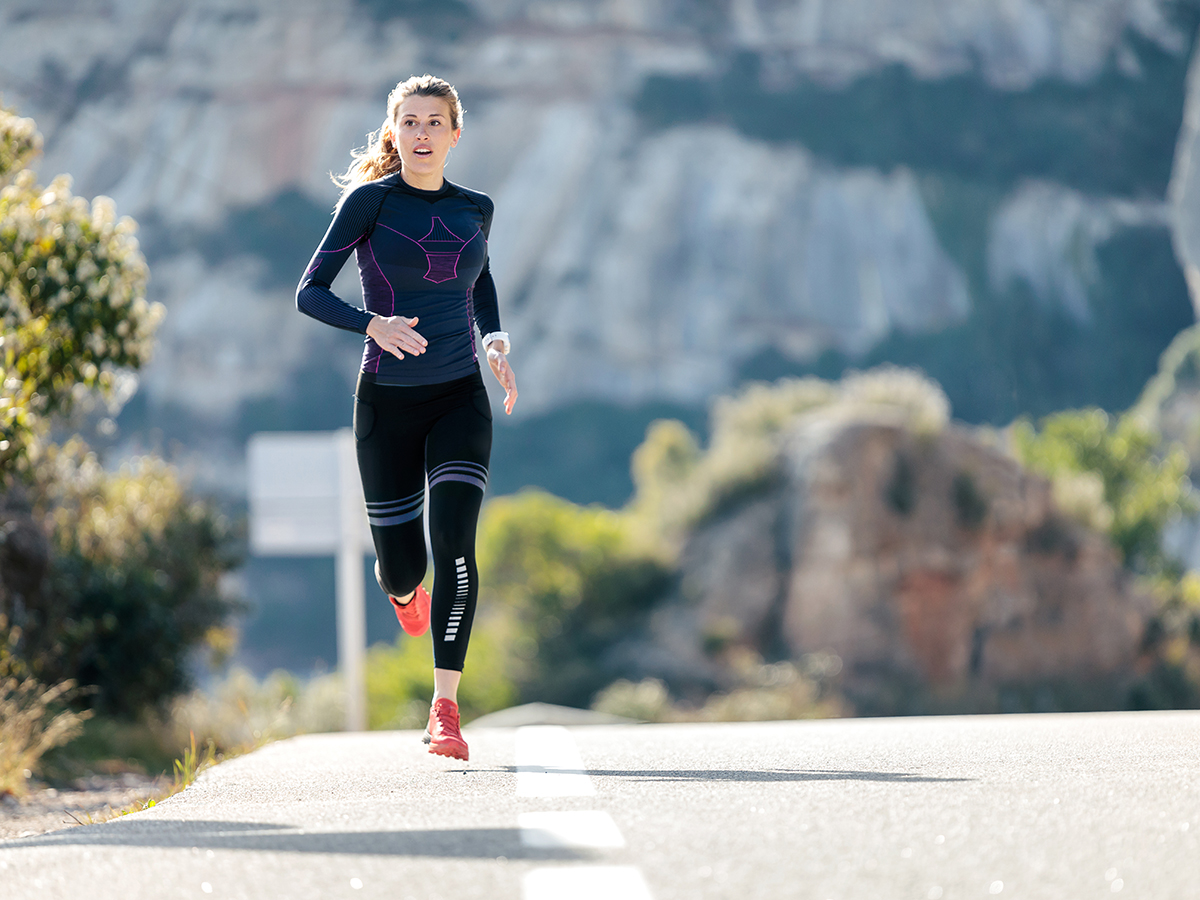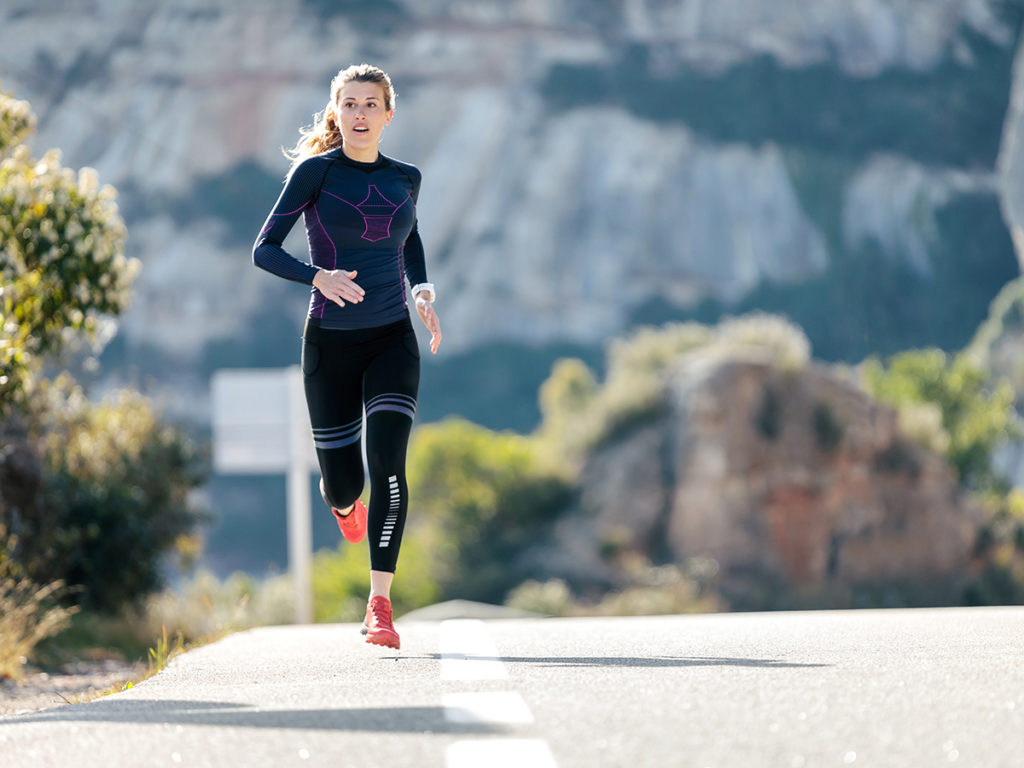

As podiatrists with a keen interest in sports medicine, we see and treat thousands of runners every year with a common problem: foot pain that comes on during or after running.
Given that running can exert a force of up to three times your bodyweight when your foot strikes the ground1, and you take approximately 1212 steps per kilometre when running at 7.5 min/km2, this can place some hefty demands on your feet during every run you do. So, it’s not surprising that up to 70% of recreational and competitive runners sustain injuries during any given year.3
Thankfully, there’s a lot that can be done to help. Today, the podiatrists at My FootDr discuss factors that commonly contribute to foot pain when running, how to reduce or even stop the pain, and how to reduce the likelihood of it returning.
Common Injuries Contributing To Running-Related Foot Pain
Two types of injuries that present are:
- Acute injuries – a sudden injury like an ankle sprain or muscle tear, tripping forwards and forcefully thrusting your big toe upwards
- Overuse injuries – injuries that develop slowly and progressively over time
As the majority of running injuries are overuse injuries, these are the ones we’ll be discussing today. At My FootDr, the top five overuse running injuries that we see and treat are:
- Heel pain – plantar fasciitis heel pain is characterised by pain at the bottom of the heel that is particularly painful when you stand up after resting – whether that is after having your feet up during the day or first thing in the morning. With the plantar fascia located on the bottom of the foot and used with every step taken, runners are particularly vulnerable to heel pain when doing high mileage (or sudden increases in mileage without adequate preparation), unsupportive or worn down running shoes, and poor foot biomechanics.
- Forefoot pain – your forefoot, the area beneath the ball of your foot, has all of your bodyweight transferred to it with every step as you push off the ground. If this weight distribution is uneven and overloads a particular bone or joint repetitively on a long run, this may cause pain, burning, aching, swelling, or the feeling of running on a pebble. This is known as metatarsalgia.
- Posterior tibial tendonitis – the posterior tibial tendon runs down the inside of your lower leg, crosses the ankle, and moves to the underside of your foot. It plays an important role in helping both support the arch and in pushing off from the ground. With repetitive activities, like running, or without appropriate preparation and conditioning, this muscle can become strained and pain and inflammation can occur.
- Achilles pain – pain from the Achilles tendon is felt at the back of the heel and up into the calves. In runners, it can occur from overusing and straining the tendon during running, which can be from going too hard too fast, a poor warm-up or training regime, inadequate stretching or strengthening of the tendon, poor foot biomechanics which running exacerbates, and unsupportive or worn running shoes.
- Stress fracture – these start as very small changes in the structure of the bone and a mild ache (if any) that grows and worsens over time. Stress fractures in runners are often in the long bones of the feet (metatarsals).
How To Prevent Pain From Running
If you’re currently experiencing pain when running, it’s very important to actively treat the problem, instead of hoping that it’ll get better on its own. The structure (bone, joint, muscle, ligament) that has been irritated will likely only keep getting strained or overloaded with every run, worsening the injury and prolonging your recovery time.
The first step is to have the injury accurately diagnosed by a podiatrist so you don’t waste time and money trying to treat the wrong problem without success. Next, your podiatrist will show you how to manage the injury or pain most effectively, while keeping you mobile and on your feet. This may involve therapies like stretches and strengthening activities, introducing new warm-ups, cool-downs, adjustments to your current training regime, helping optimise foot biomechanics using custom foot orthotics, gait retraining, shockwave treatment, changing running shoes to those with more support in the right places, and a variety of other methods.
By understanding what has contributed to your presentation, we can put the right measures in place to help prevent pains and injuries from holding you back in the future. We do this by performing a comprehensive biomechanical and gait assessment on every patient with foot or leg pain. This tells us exactly what is happening with your feet and legs and why. We’ll explain everything to you and show you what we’re seeing by recording your gait, explaining how this has contributed to your symptoms or risk.
Ready To Run Without Pain?
Our podiatrists are on your team. We want to see you continue to enjoy pain-free running for as long as you’d like. If you need help, book an appointment online here or call us on 1800 FOOT DR


